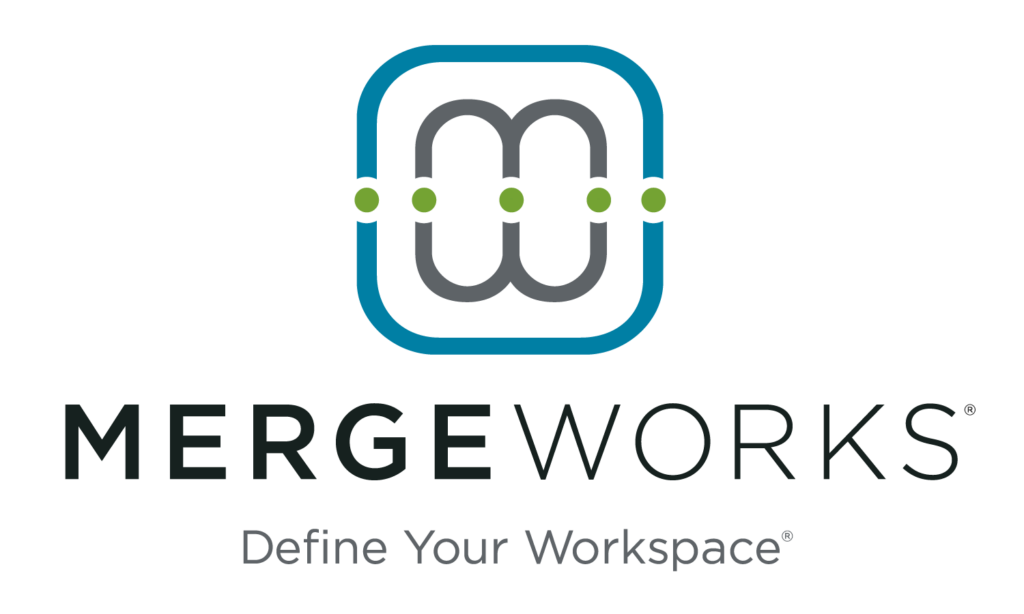Starting in 2024, you can rollover old, unused 529 funds into a Roth IRA as a way to avoid taxes and penalties on the money if it turns out you didn’t need it for a student’s education after all. The change is part of the SECURE 2.0 Act, which, under Section 126, will allow tax-free rollovers from 529s into Roth IRAs under certain conditions.
“By rolling over unused funds from a 529 account into a Roth IRA, individuals will now be able to avoid income tax and tax penalties that occur when withdrawing funds for non-education expenses. For this reason, we may now see more families opening 529 savings accounts,” writes Kiplinger’s Erin Bendig.
It’s meant to take the stress and guesswork out of planning for the unpredictable expenses associated with the U.S. education system. How are you to know 15 years or more before your child enters college how much it will cost your family? It also allows the owner of the 529 plan to still use the funds for the beneficiary tax-free (whether it’s a child, grandchild, etc.) even if that individual no longer needs it for school. Instead, the funds can help get the beneficiary started with retirement savings.
Section 126 reads that “families who sacrifice and save in 529 accounts should not be punished with tax and penalty years later if the beneficiary has found an alternative way to pay for their education. They should be able to retain their savings and begin their retirement account on a positive note.”
There are limits, however. A maximum of $35,000 can be rolled over from a 529 college savings account to a Roth IRA throughout the beneficiary’s lifetime but is subject to Roth IRA annual contribution limits (for 2023, that’s $6,500 for people under 50, and $7,500 for people 50 and older). The 529 account must have been opened more than 15 years ago, and contributions made within the past five years cannot be rolled over.
As indicated above, the Roth IRA must also be in the beneficiary’s name. Andrea Feirstein, a 529 plan consultant, tells Money Magazine that earlier versions of the bill would have allowed for 529 conversions into a parent’s IRA, but the final version is more restrictive.
CNBC reports there were nearly 15 million 529 accounts at the end of last year, holding a total of $480 billion—an average of about $30,600 per account. If yours was among them, keep this option in your back pocket for an alternative way to use those funds without facing income taxes and a 10% penalty. Feel free to contact us with questions.















